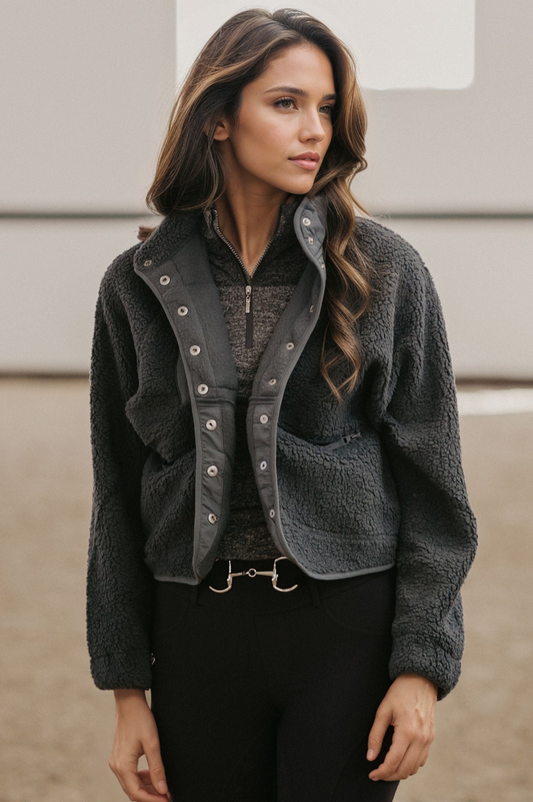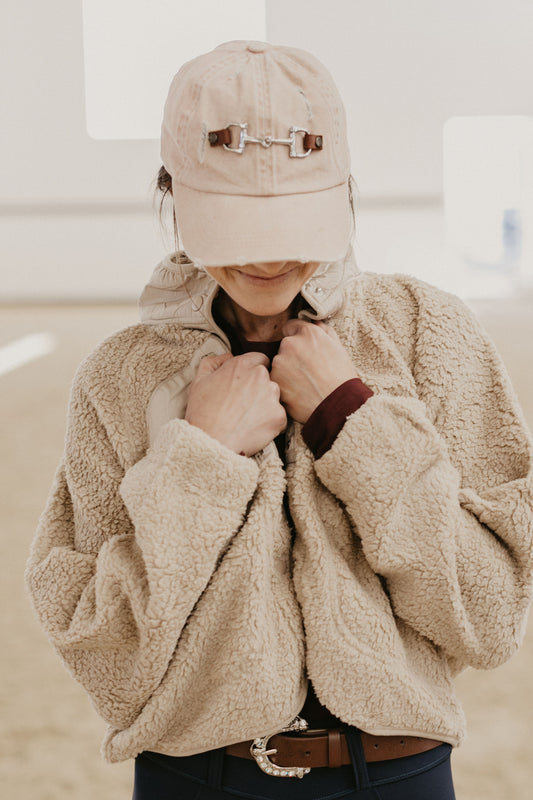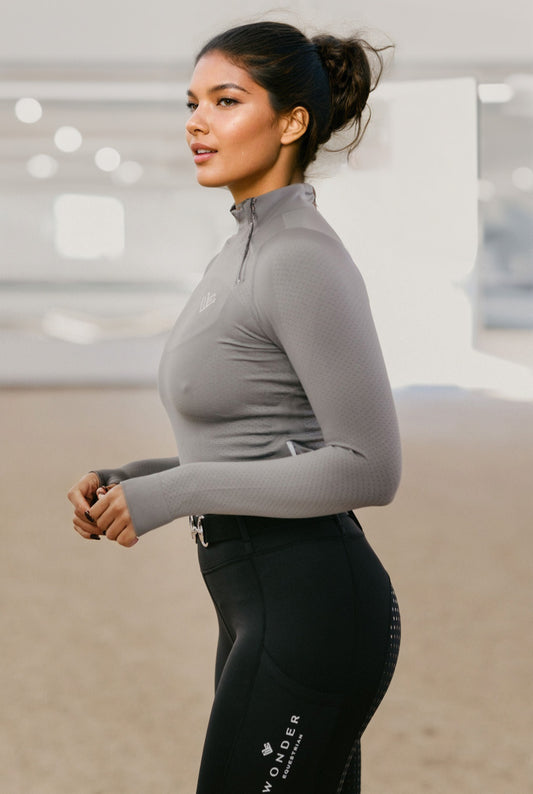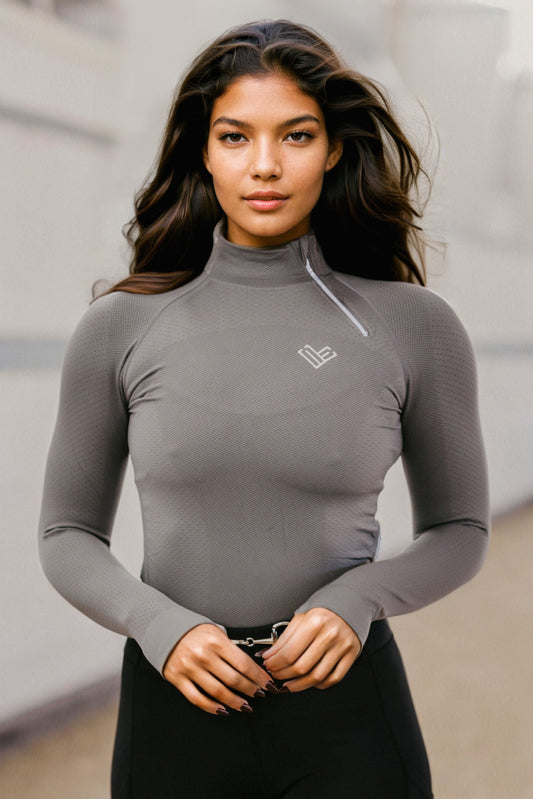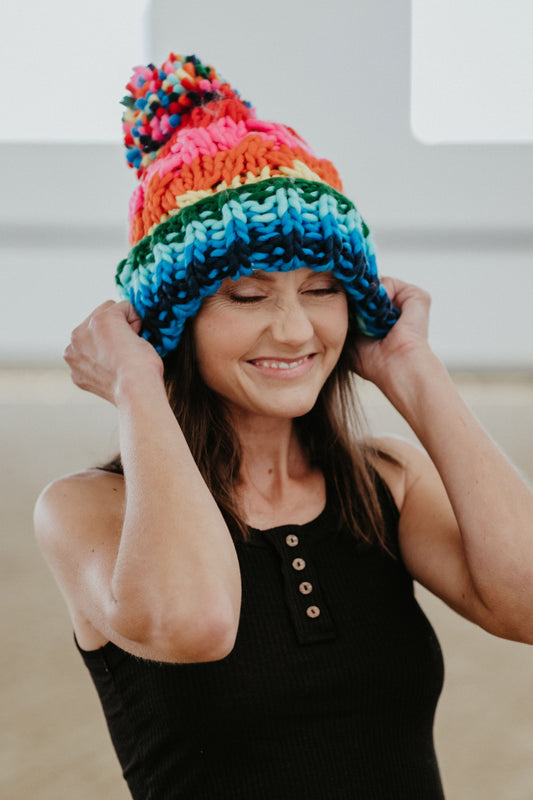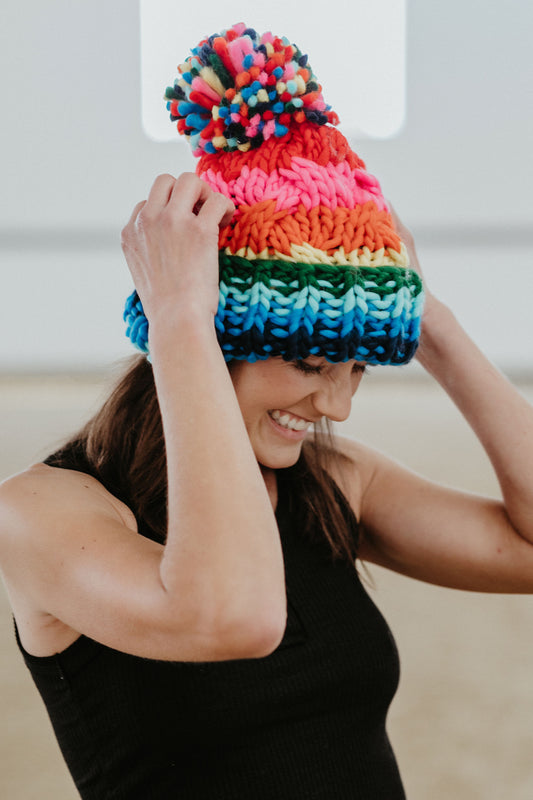Understanding the Importance of Fabric in Equestrian Apparel
Effective riding isn't only about skill and experience; it's also about comfort and performance, which are significantly influenced by what a rider wears. The right fabric choice in equestrian apparel is as crucial as the fit of the saddle or the quality of the riding boots. Whether you're training for a competition or enjoying a casual ride through the countryside, the materials that make up your outfit can have a direct impact on your riding experience.
The Role of Fabric in Comfort
When it comes to riding, comfort is key. Riding involves long periods of physical activity, often in various weather conditions. Thus, the fabric of your riding attire should offer breathability to prevent excessive sweating and overheating. Many modern fabrics are designed to wick moisture away from the skin, which keeps riders dry and comfortable. In cooler climates, materials with thermal properties are essential for maintaining body warmth without the bulkiness of traditional cold-weather gear. Fabrics that allow a full range of motion, such as spandex blends, are also vital for comfort and can prevent chafing and skin irritation during long rides.
Impact of Fabric on Performance
Performance in the saddle is intrinsically linked to the ability to move freely and maintain the correct posture. The elasticity and flexibility of a fabric can either enhance or hinder a rider's performance. Stretchable fabrics that offer compression can improve blood circulation and muscle support, potentially enhancing endurance and reducing fatigue. On the other hand, stiff or non-stretch fabrics may restrict movement and impact a rider's ability to react quickly or adjust their position when necessary. Additionally, innovative fabrics that reduce drag and seamlessly integrate with protective gear, like body protectors, can give competitive riders a slight edge in performance.
Choosing the Right Fabric for Different Riding Conditions
Different riding conditions call for clothing made from different materials. In hot and humid environments, lightweight and breathable fabrics, such as cotton blends or advanced synthetics with mesh panels, can provide ventilation. Technical fabrics with UV protection also offer an additional layer of defense against sunburn and heat-related discomfort. During wet conditions, waterproof or water-resistant materials like Gore-Tex can keep riders dry without sacrificing breathability. Conversely, in cold weather, layers of fleece or wool can insulate while allowing moisture to escape, ensuring the rider stays warm and dry.
Durability and Ease of Care
The rigorous nature of equestrian sports means that fabric durability is non-negotiable. Materials used in riding apparel should resist abrasion and withstand frequent contact with saddles, reins, and foliage. High-quality fabrics that retain their shape and functionality after multiple washes offer longevity and maintain performance over time. Additionally, fabrics that are easy to clean and require minimal special care will save riders time and money, especially when gear is used frequently or subjected to muddy and dusty riding environments.
Personal Style and Confidence
Finally, while the technical aspects of fabric are crucial, the look and feel of riding attire also play an essential role in a rider's confidence and, by extension, their performance. Equestrian sports often emphasize tradition and style, and choosing fabrics that align with these standards can boost a rider's self-assurance. Modern advancements in fabric technology offer an array of colors and patterns, allowing riders to express their personal style without compromising on the quality and functionality of their gear.
In conclusion, the strategic selection of fabrics for equestrian apparel is fundamental in achieving both comfort and performance in the saddle. By considering factors like breathability, flexibility, weather conditions, durability, and personal style, riders can ensure that they are not only looking their best but also primed for success. As the industry continues to innovate, the array of fabrics catering to riders' needs expands, making it an exciting time to invest in clothing that will truly make a difference in riding experiences.
Shop Wonder Equestrian



